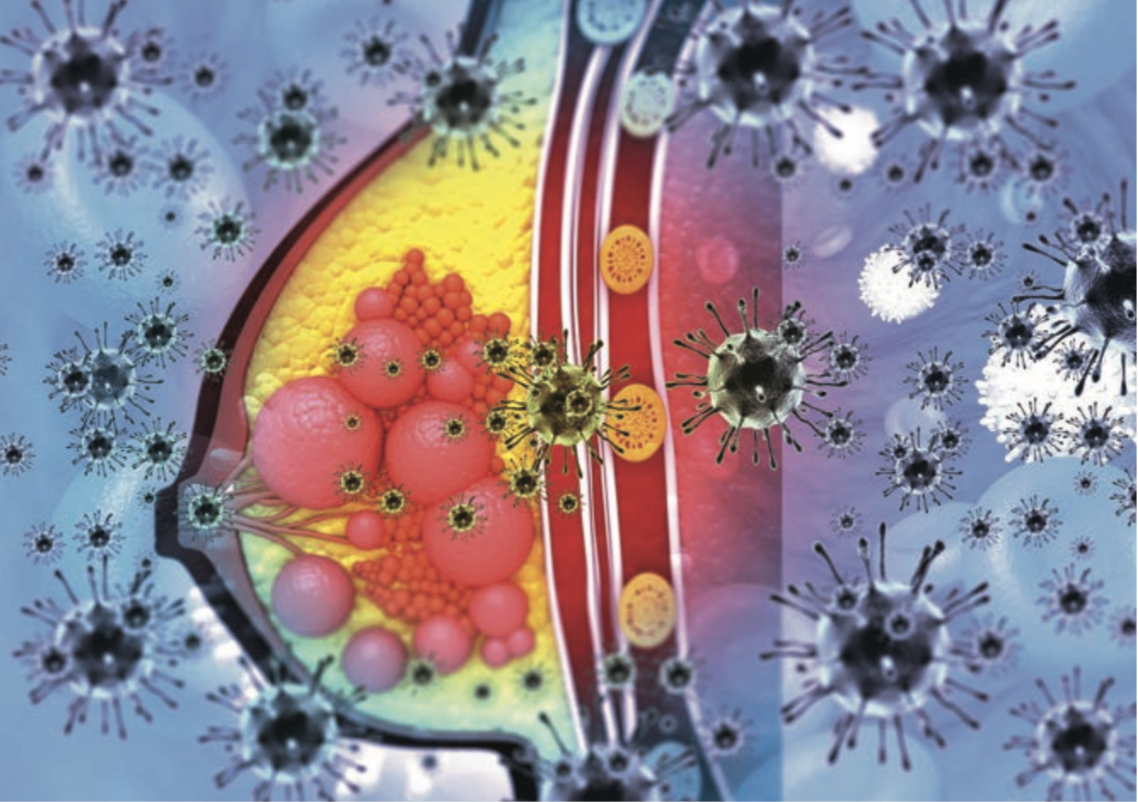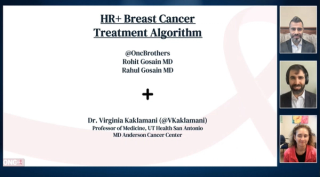
Breast Cancer
Latest News
Latest Videos

More News

Data from the DESTINY-Breast06 trial support the positive opinion on trastuzumab deruxtecan as a treatment in HER2-low or HER2-ultralow breast cancer.

Pathologic complete response rates with the atezolizumab combination were higher for patients with PD-L1–negative disease in the phase 2 ATHENE trial.

After treatment with an aromatase inhibitor plus a CDK4/6 inhibitor, switching to camizestrant plus a CDK4/6 inhibitor showed a PFS benefit over remaining on the aromatase inhibitor.
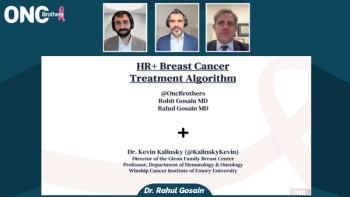
With Kevin Kalinsky, MD, the Oncology Brothers discuss sequencing treatment for endocrine-resistant diseases, which involves using a strategic approach to combat resistance to hormonal therapies. It includes combining therapies such as CDK4/6 inhibitors, mTOR inhibitors, and chemotherapy, aiming to overcome resistance and improve patient outcomes.

With Kevin Kalinsky, MD, the Oncology Brothers discuss metastatic breast cancer treatment, including hormone therapy, targeted therapy, chemotherapy, immunotherapy, and radiation. Options depend on cancer type, location, and patient health. The goal is to manage symptoms, slow progression, and improve quality of life.

With Kevin Kalinsky, MD, the Oncology Brothers discuss the treatment of locally advanced disease, which typically involves a multimodal approach, including surgery, radiation, and systemic therapies such as chemotherapy, immunotherapy, or targeted agents. The goal is to control tumor spread, reduce recurrence risk, and improve survival outcomes.

With Kevin Kalinsky, MD, the Oncology Brothers discuss hormone receptor–positive (HR+) breast cancer treatment, which targets HR+ tumors using hormone therapy (eg, tamoxifen, aromatase inhibitors), chemotherapy, targeted therapy (eg, CDK4/6 inhibitors), or sometimes surgery or radiation, depending on cancer stage and risk factors.

Aditya Bardia, MD, discusses the FDA approval of T-DXd for HER2-low or ultralow metastatic breast cancer and its potential impact on treatment paradigms.

Findings from DESTINY-Breast06 showed a PFS of 13.2 months for patients given T-DXd for HER2-low or ultralow breast cancer.

Data from the CheckMate 7FL trial may inform treatment decisions regarding preoperative immunotherapy for patients with breast cancer.

Pertuzumab retreatment modestly improved progression-free survival and meaningfully improved overall survival in advanced nHER2–positive breast cancer.

Aditya Bardia, MD, MPH, FASCO, spoke about how the FDA approval of T-DXd in HER2-low or ultralow breast cancer will allow for a broader treatment range.
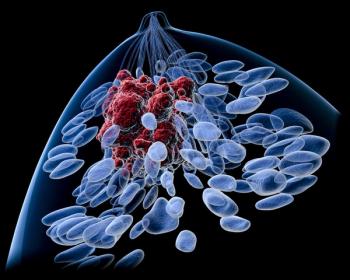
Findings from the ICE3 trial revealed that no serious adverse effects were experienced related to the use of cryoablation in ipsilateral breast tumors.

The panel discussed the different ways to treat patients with HER2-positive metastatic breast cancer who also have brain metastases.

Risk model data may provide reassurance for individuals undergoing hormone therapy with an already heightened breast cancer risk due to family history.

The safety profile of pembrolizumab plus neoadjuvant chemotherapy was consistent with the known profiles for each treatment.

Data from analytical similarity studies and comparative clinical trials support the application of HLX11 in HER2-positive breast cancer.
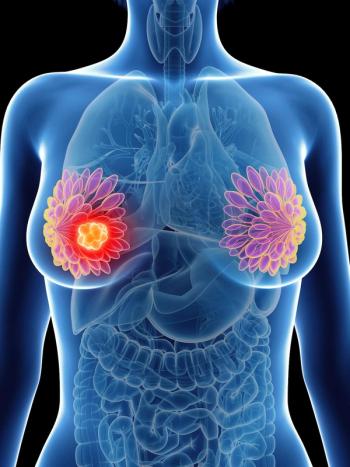
The PATHWAY HER2 test has been approved to identify patients with HER2-ultralow metastatic breast cancer who may benefit from treatment with T-DXd.

Anant Madabhushi, PhD, and Farzad Fereidouni, PhD, are developing the MarginCall technology to reduce time lag and improve tumor margin assessment accuracy in breast and ovarian cancer surgery.
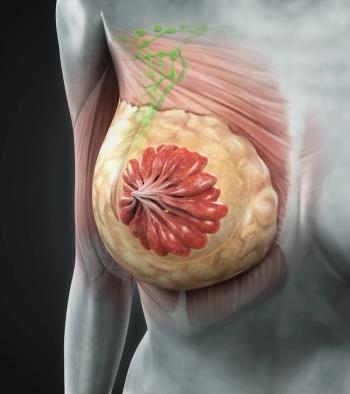
The PFS benefit with lerociclib plus fulvestrant was observed across all patient subgroups for those with HR–positive/HER2–negative advanced breast cancer.

“Frozen section is destructive. It ruins the tissue, it consumes the tissue, and it affects downstream molecular analysis,” according to Farzad Fereidouni, PhD.

Tucatinib plus trastuzumab was well tolerated in patients with metastatic breast cancer and consistent with the combination’s established safety profile.

Anant Madabhushi, PhD, stated that MarginCall, a surgery tool he is developing can improve patient outcomes in breast and ovarian cancer surgeries.

The FIBI technology, created by Farzad Fereidouni, PhD, when combined with AI eliminates the need for frozen sections and other labor-intensive oncology surgery practices.
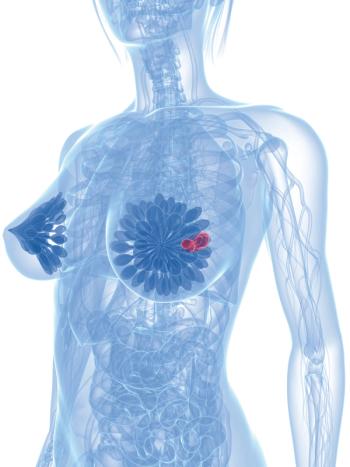
The phase 3 INAVO120 trial reported statistically significant OS results in patients with PIK3CA-mutant, locally advanced or metastatic breast cancer.


